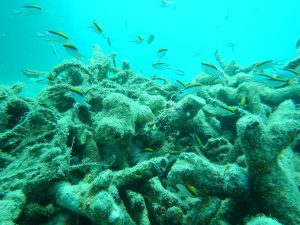
Rubble Stabilisation
Rubble stabilisation The RRAP Rubble Stabilisation R&D Subprogram is investigating methods to stabilise damaged reef surfaces where dead or degraded corals have become loose and

Rubble stabilisation The RRAP Rubble Stabilisation R&D Subprogram is investigating methods to stabilise damaged reef surfaces where dead or degraded corals have become loose and
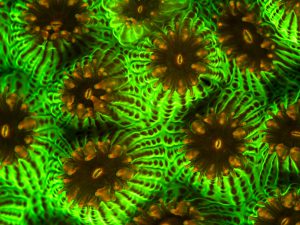
Cryopreservation Jon Daly cryopreserving coral spawn, Heron Island Research Station. Photo credit: Gary Cranitch The RRAP Cryopreservation R&D Subprogram aims to deliver the important capability
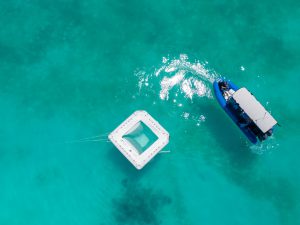
Moving Corals Floating pools during larval release onto degraded reef patches Photo: SCU Coral restoration using larval seeding aims to speed the return of coral
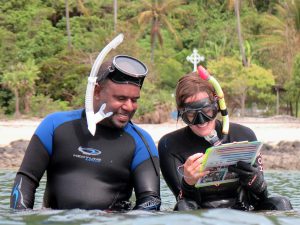
Stakeholder and Traditional Owner Engagement Coral monitoring on Erub Island. Photo: Tristan Simpson. A fundamental principle of RRAP is to work closely with Great Barrier
Ecological Intelligence for Reef Restoration The EcoRRAP R&D Subprogram fills key knowledge gaps essential for the success and cost-effectiveness of reef restoration interventions. An integrated
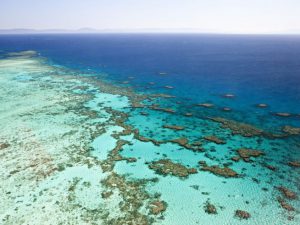
Translation to Deployment In order to transition RRAP interventions from research and development to deployment we must ensure the technology, logistics, regulatory approvals and community
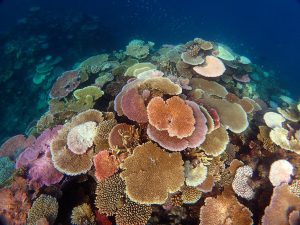
Effective solutions to the climate challenge threatening the world’s coral reefs require complex decisions about risk and uncertainty, timing, quality versus quantity as well as which species to support for the most robust and productive future, according to a science paper released today.